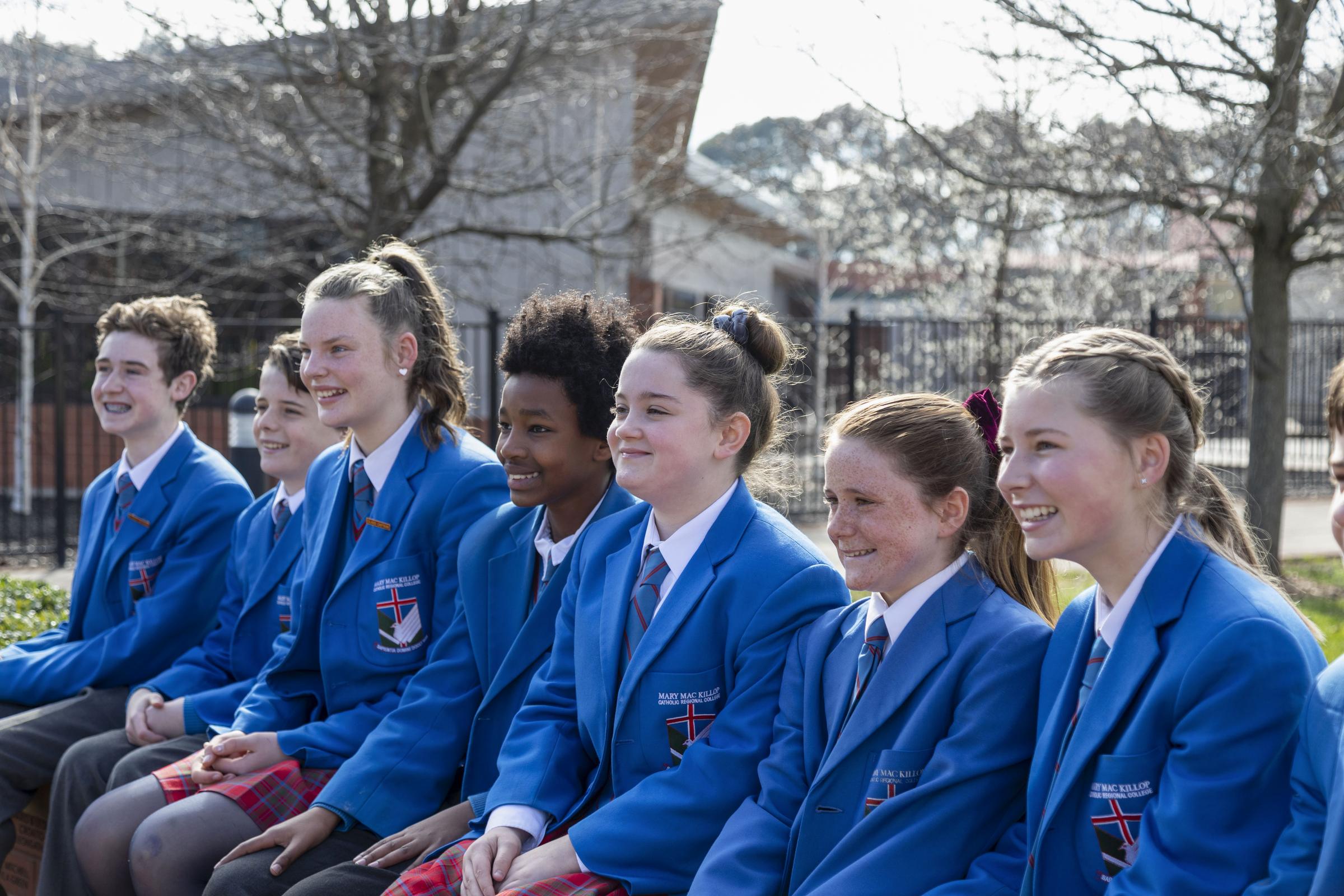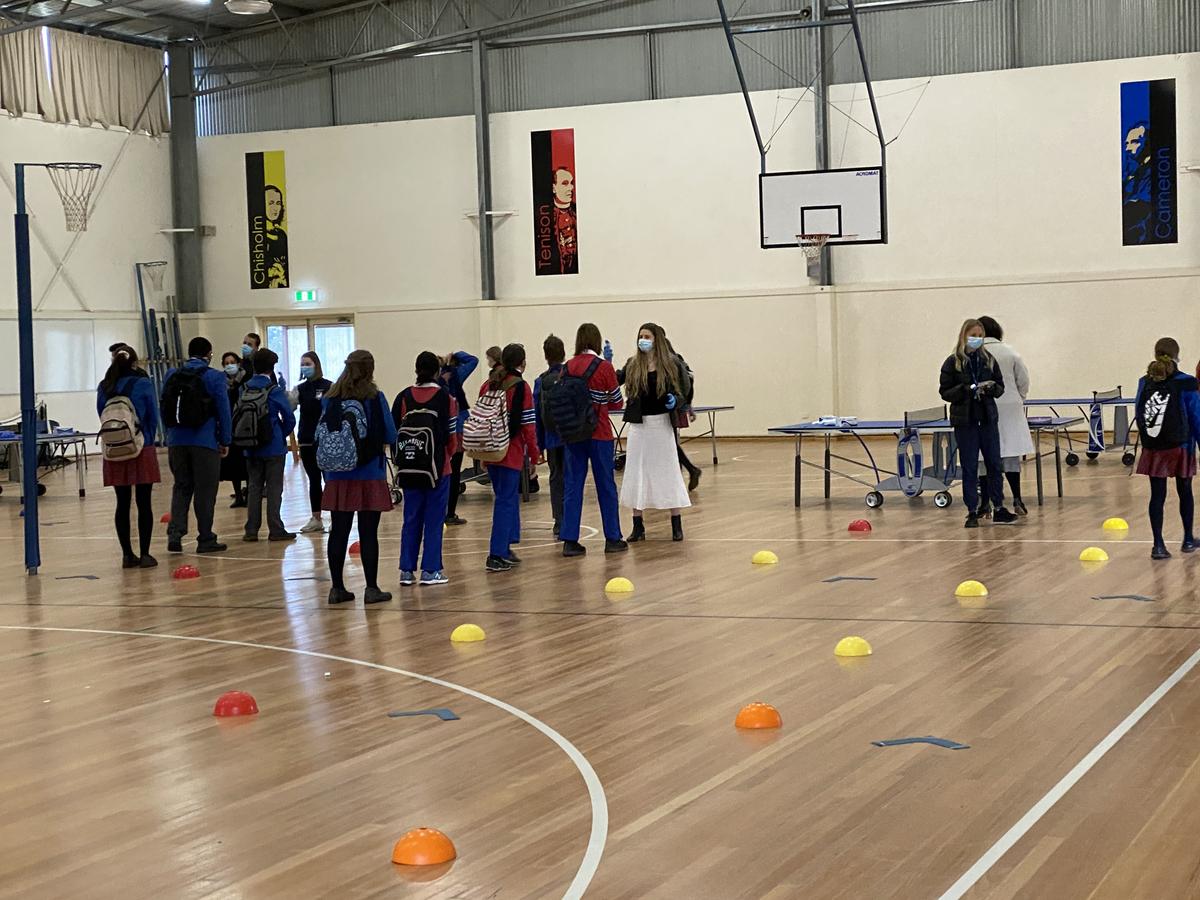Wellbeing
Mrs Meg Steenholdt - A/Deputy Principal

Wellbeing
Mrs Meg Steenholdt - A/Deputy Principal
Each morning it has been a pleasure to greet warmly every student individually before their school day begins. Ironically, this opportunity to check in with them has occurred because of the challenging circumstances of COVID-19 and the temperature checks we are undertaking to ensure the safety of every student. This pandemic has some ‘silver linings’ and seeing each student is a daily blessing and has highlighted to us as teachers the resilience and compassion of many students.


I would encourage you to celebrate and praise your child/ren for their adaptable, creative and considerate approach to the new requirements of attending school. It is great to see them take ownership of their contribution at a community level. I am certain that for every child it has required additional self-regulation and development of new strategies and they are to be commended for their effort of putting the wellbeing of those vulnerable in our community to the forefront of their mind.
Out sub-school leaders are considering additional ways to assist students to be able to build positivity and emotional wellbeing; opportunities to laugh and celebrate and enjoy positive friendships within the school environment. The Junior school in Life-skills have created a Gratitude Tree, which junior school students have contributed to, is a daily reminder that gratitude is a way to build our mental wellbeing. On the raisingchildren.net.au website there are some useful strategies which assist in boosting teenage happiness and wellbeing. During this pandemic, teenagers have experienced disappointments of cancelled or smaller birthday parties, cancelled family holidays and the disruption of many other events. As adults, we have expressed our disappointment and we know that social interaction and new experiences are an integral factor in teenager wellbeing. Below are some tips from the website which we can use to help our teenagers navigate feelings of discouragement if they experience them.




Teenage happiness and wellbeing
Happiness is a state of mind or a mood. Teenagers are usually happier when they’re satisfied with their lives and relationships, although nobody is happy all the time.
Wellbeing comes from physical, mental and emotional health. It’s also about understanding your emotions, taking part in different activities, having good relationships and social connections, finding meaning in life and feeling that you’re doing well.
Rules and boundaries
Clear and fair rules help teenagers feel safe when lots of things in their lives are changing and challenging. If you involve your child in making the rules, he or she will be more likely to stick to them. Negotiating rules with your child/ren is also a way of showing that you respect their growing maturity.
Healthy lifestyle
Family relationships